The Northrop F-89 Scorpion is an all-weather, twin-engined interceptor aircraft designed and produced by the American aircraft manufacturer Northrop Corporation. It was the first jet-powered aircraft to be designed for the interceptor role from the outset to enter service, as well as the first combat aircraft to be armed with air-to-air nuclear weapons in the form of the unguided Genie rocket. The name Scorpion came from the aircraft's elevated tail unit and high-mounted horizontal stabilizer, which kept it clear of the engine exhaust.
Role > Interceptor
Manufacturer > Northrop Corporation
First flight > 16 August 1948
Introduction > September 1950
Retired >1969
Primary user > United States Air Force
Number built > 1,050 and 2 prototypes
The Scorpion was designed by Northrop in response to a specification issued by the United States Army Air Forces (USAAF) during August 1945. Internally designated as the N-24, it was originally designed with a relatively slim fuselage, buried Allison J35 turbojet engines, and a swept wing configuration, however, the unfavorable low speed characteristics of this wing led to its substitution for a relatively thin straight wing instead. While its straight wings limited its performance, the Scorpion was among the first American fighters to be equipped with guided missiles. During March 1946, the USAAF selected both the N-24 and the rival Curtiss-Wright XP-87 Blackhawk for development, leading to an initial contract for two aircraft, designated XP-89, being approved on 13 June 1946.
On 16 August 1948, the prototype performed its maiden flight from Muroc Army Air Field. Following competitive evaluations of the XP-89, officials opted to cancel the competing XP-87 to concentrate resources on the Scorpion, it having proven to be the fastest aircraft evaluated and was viewed as the most promising. Various alterations and improvements were made following a fatal accident on 22 February 1950; prior to this, officials had already specified the adoption of more powerful afterburner-equipped Allison J33-A-21 turbojet engines, AN/APG-33 radar, and the Hughes E-1 fire-control system. During September 1950, the Scorpion entered service with the United States Air Force (USAF), its sole operator.
Only 18 F-89As were completed as it was quickly superseded by the more capable F-89B configuration, most of the changes being avionics-based, that arrived in June 1951. It was soon followed by the F-89C, which featured engine upgrades. During 1954, the definitive F-89D was introduced, which installed a new Hughes E-6 fire control system with AN/APG-40 radar and an AN/APA-84 computer in place of the cannon armament, being instead armed with 2.75-inch (70 mm) "Mighty Mouse" FFAR rocket pods. The final variant to enter service was the F-89J, which was typically armed with the AIR-2 Genie nuclear air-to-air rocket. They served with the Air Defense Command, later renamed the Aerospace Defense Command (ADC), through 1959, and with the Air National Guard, into the late 1960s. The last Scorpions were withdrawn from use in 1969.
Controls:
AG1> Air Brake
Armament:
112x FFAR Mighty Mouse
Specifications
Spotlights
- Christiant2 8 months ago
General Characteristics
- Created On Android
- Wingspan 55.6ft (17.0m)
- Length 60.7ft (18.5m)
- Height 17.2ft (5.2m)
- Empty Weight N/A
- Loaded Weight 22,190lbs (10,065kg)
Performance
- Power/Weight Ratio 2.126
- Wing Loading 90.1lbs/ft2 (440.0kg/m2)
- Wing Area 246.2ft2 (22.9m2)
- Drag Points 12817
Parts
- Number of Parts 351
- Control Surfaces 0
- Performance Cost 1,447

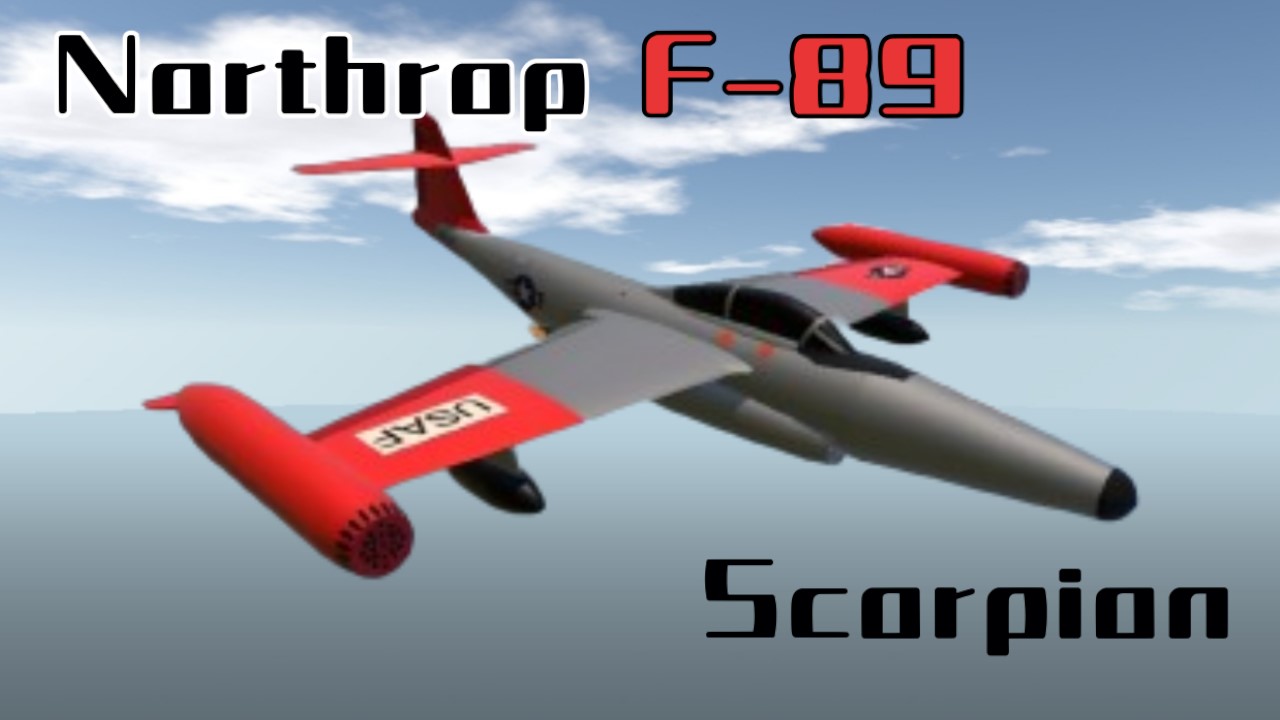
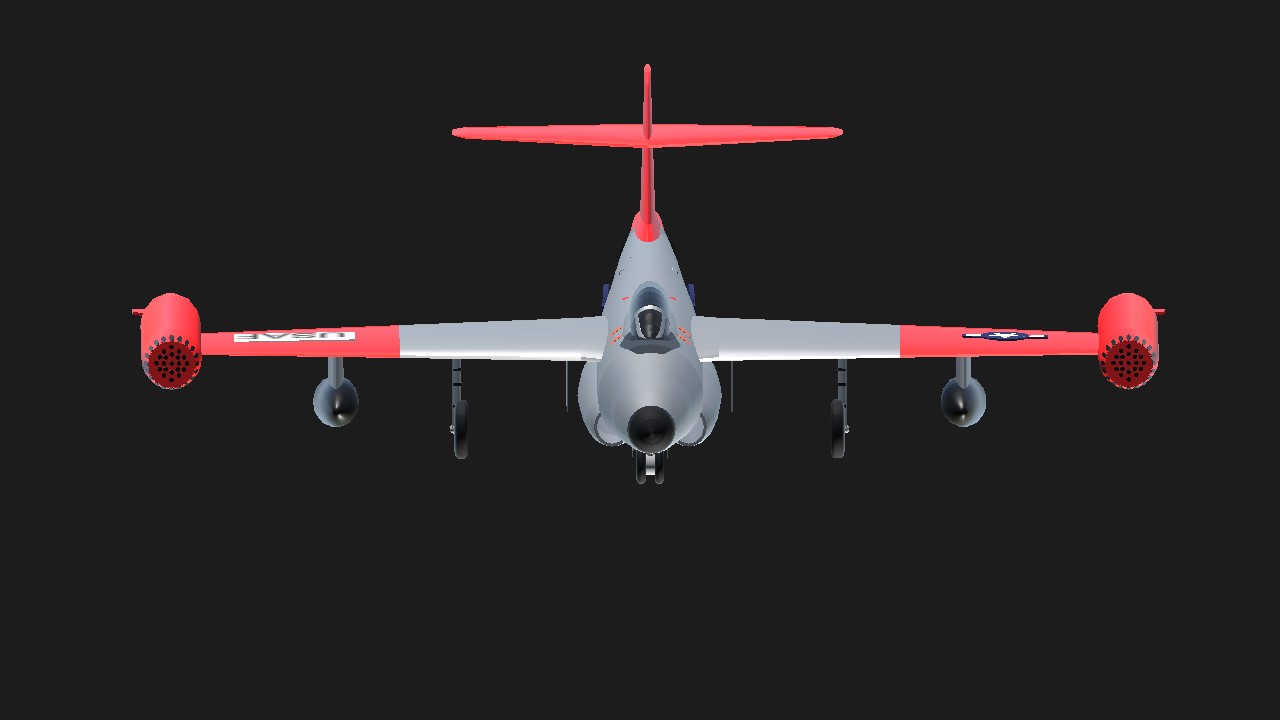
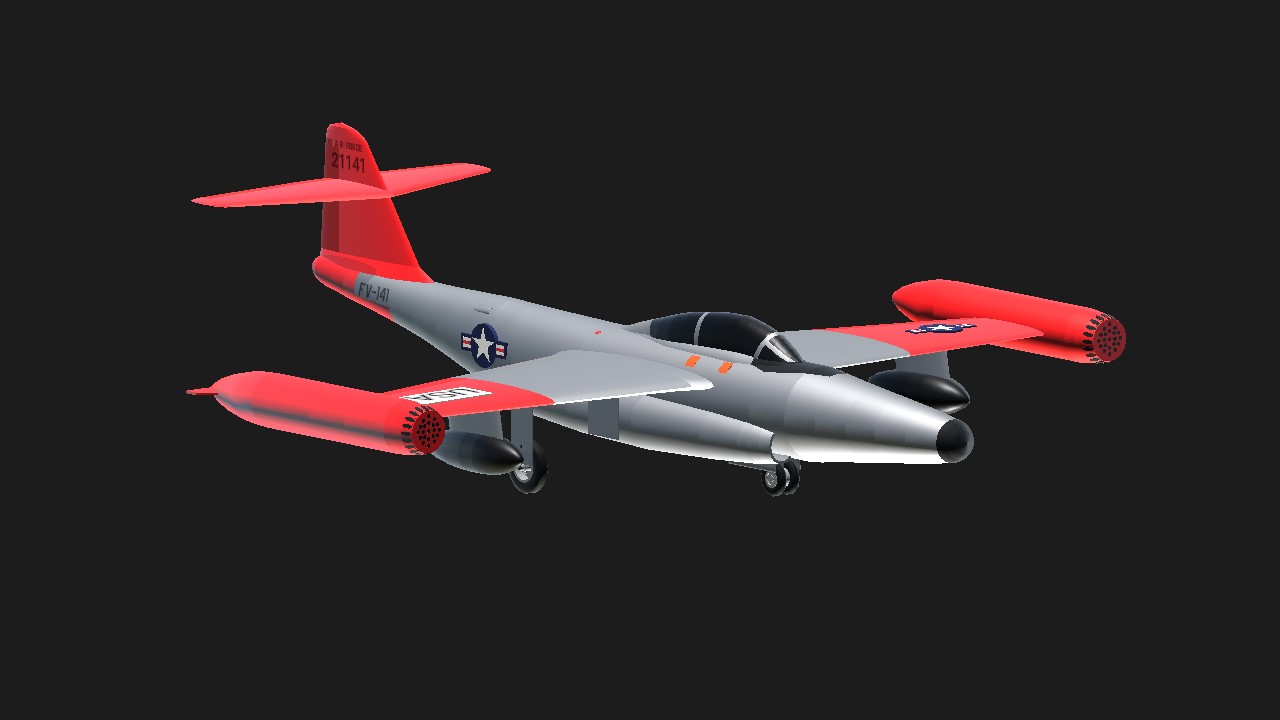
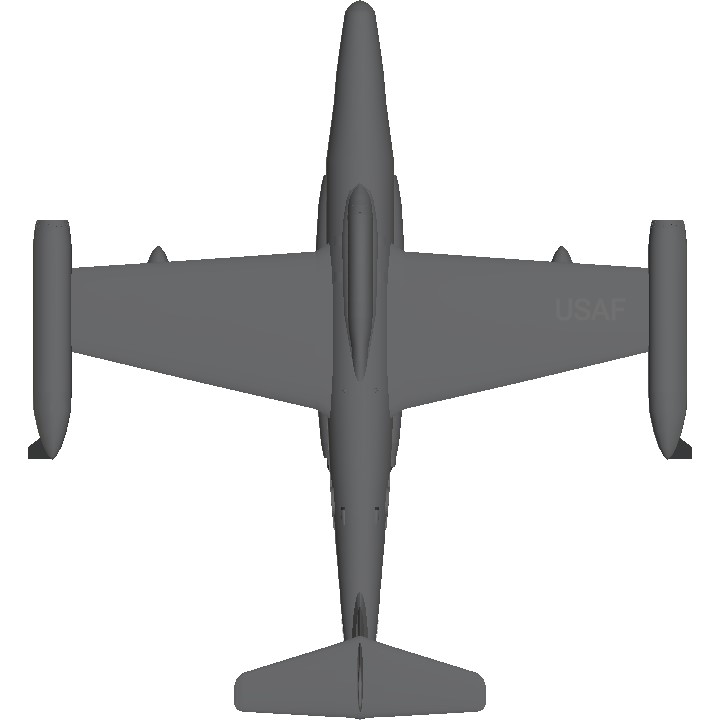
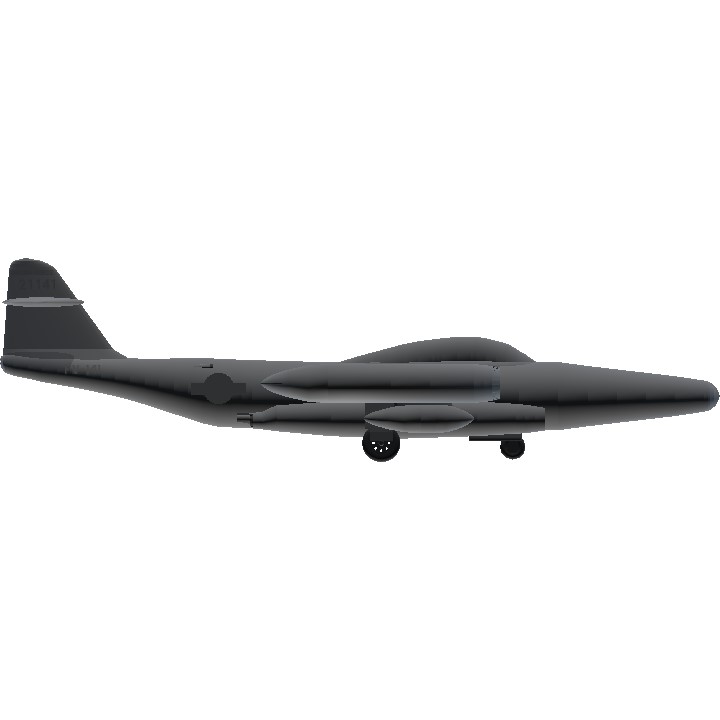
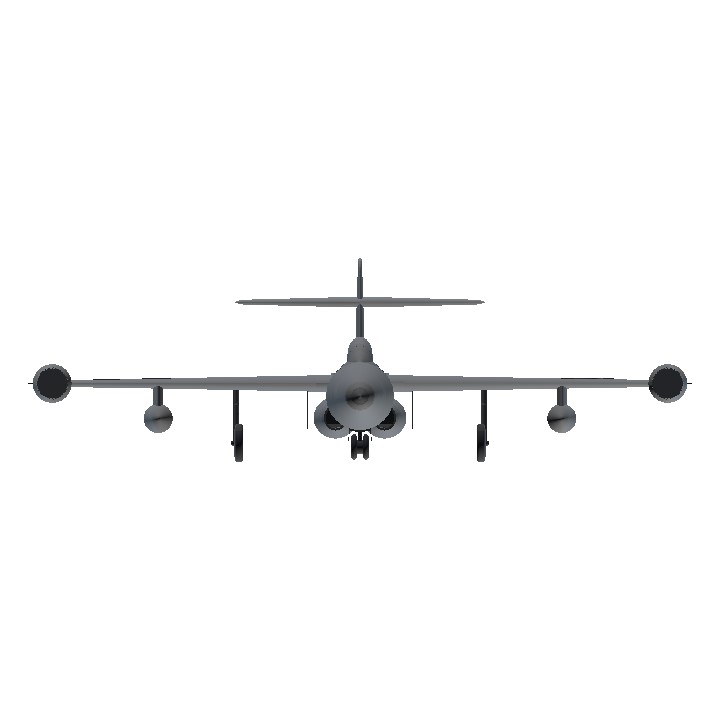
Dude, the photo that you took of the plane, that’s the EXACT SAME F-89J in display at Wright-Patterson AFB in Ohio!
I love the F-89! Thank you for building this!